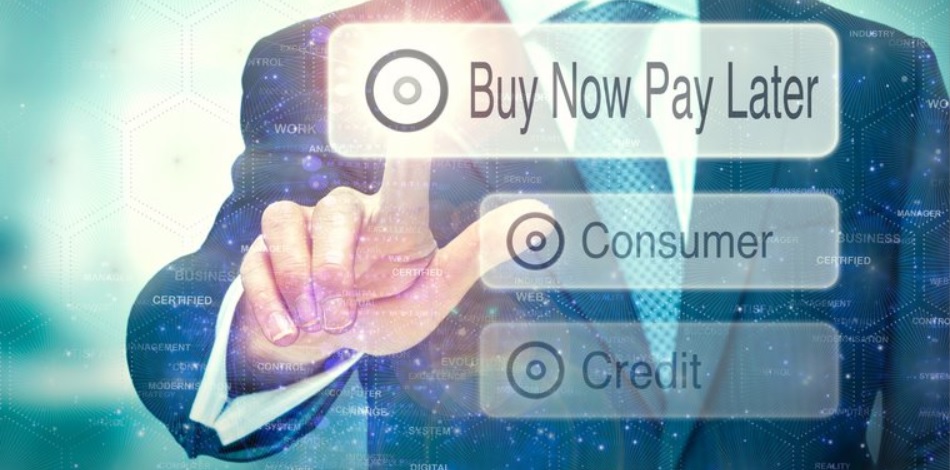
Buy-Now-Pay-Later is going nowhere. In fact, its transition to a next-gen 2.0 play has far-reaching implications for ecommerce, fintech, payments and banking.” says in a blog post Panagiotis Kriaris, Head of Business Development at Unzer.
BNPL rose from a niche offering to a multibillion industry combining convenience for consumers with boosting conversion rates for merchants.
Several triggers are behind its rise:
— Historically low interest rates
— Abundant capital flowing to well-funded fintechs investing large amounts in pursuit of growth and market share
— Very limited or no regulatory supervision
— The pandemic marking a milestone with on-line (and mobile) shopping becoming the new norm and BNPL getting a significant chunk
— Increasing popularity of alternative payment methods
— A younger generation seeking alternatives to credit cards
However, the BNPL phenomenon of the past years refers mainly to a stand-alone proposition focusing on a few select verticals (i.e. fashion). Following the complete reverse of the macro situation and of some of the factors that propelled BNPL to the fore, we now see a transition with BNPL finding its way to wider ecosystems’ offerings as a credible alternative to an increasingly multi-polar payments infrastructure – what I call BNPL 2.0.
This BNPL 2.0 play is about several things:
— A broadening of scope via integrations with in-app shopping marketplaces, digital wallets and SuperApps, as these are fast becoming shoppers’ most frequent transaction method. It’s not by accident that BNPL has become an integral part for the offerings of the likes of Apple Pay or PayPal
— The combination with a subscription model for heavy users
— The move away from pure Pay Later plays and into more holistic payment strategies (i.e. from pay up-front all the way to pay later or split over time)
— A fully integrated experience, embedded across many more verticals using big data and AI for hyper-personalization
— Strong (anticipated) growth of POS BNPL financing
— An increase of white-labelled embedded finance strategies (i.e. banks, merchants)
— The employment of virtual cards as a means to combat acceptance issues and replicate credit card benefits
It is clear that BNPL 2.0 represents a massive opportunity for the industry to become sustainable, more inclusive and move away from commoditization, while it claims a much larger share of the multi-trillion global consumer credit market (BNPL represents only 5% of the global e-commerce spend).
In doing so – and beyond interest rates and the macro headwinds – this transition is underpinned by two major forces:
— A significant strictening of the regulatory scrutiny that is very likely to bring credit licensing obligations and impose a tightening of risk checks
— The further blurring of the lines among lending, payments, e-commerce, fintech and banking as more roles are concentrated under less layers
Banking 4.0 – „how was the experience for you”
„To be honest I think that Sinaia, your conference, is much better then Davos.”
Many more interesting quotes in the video below: